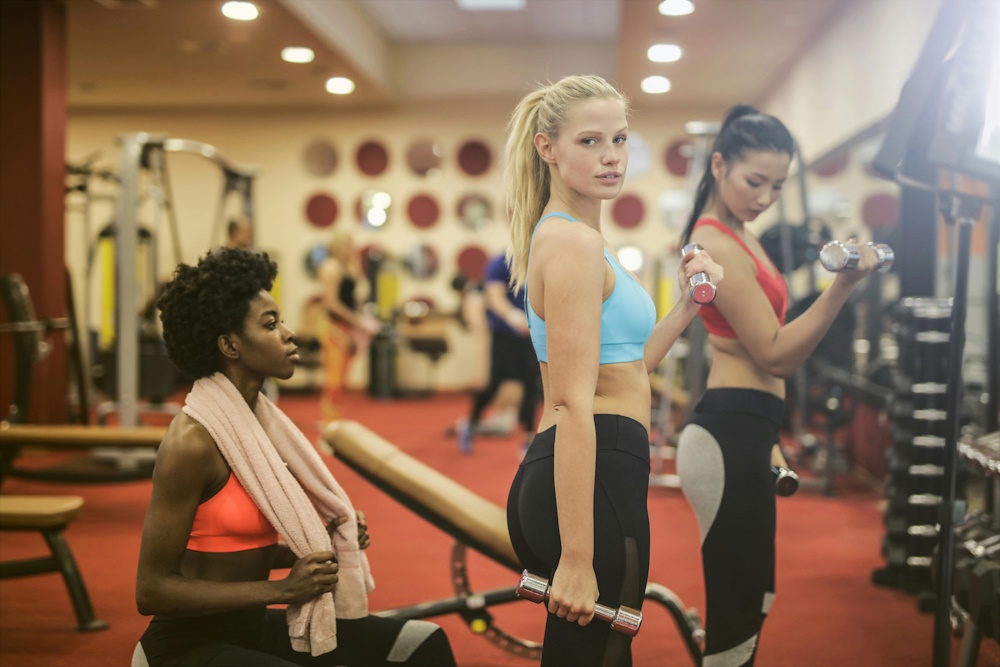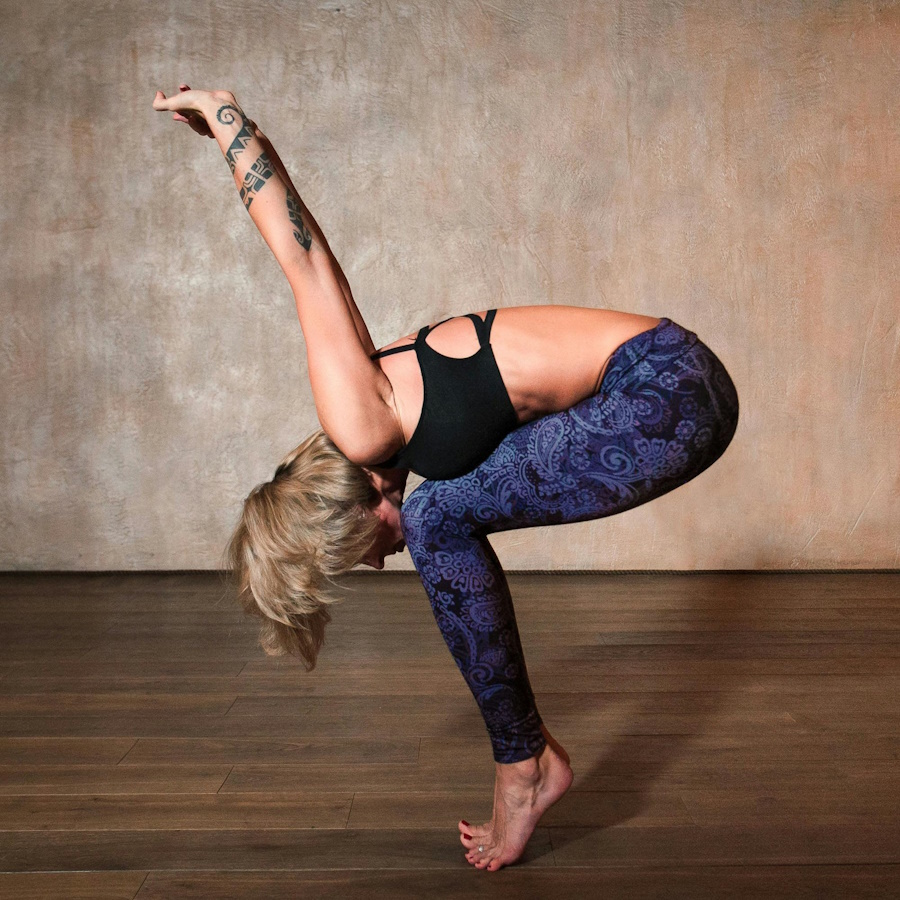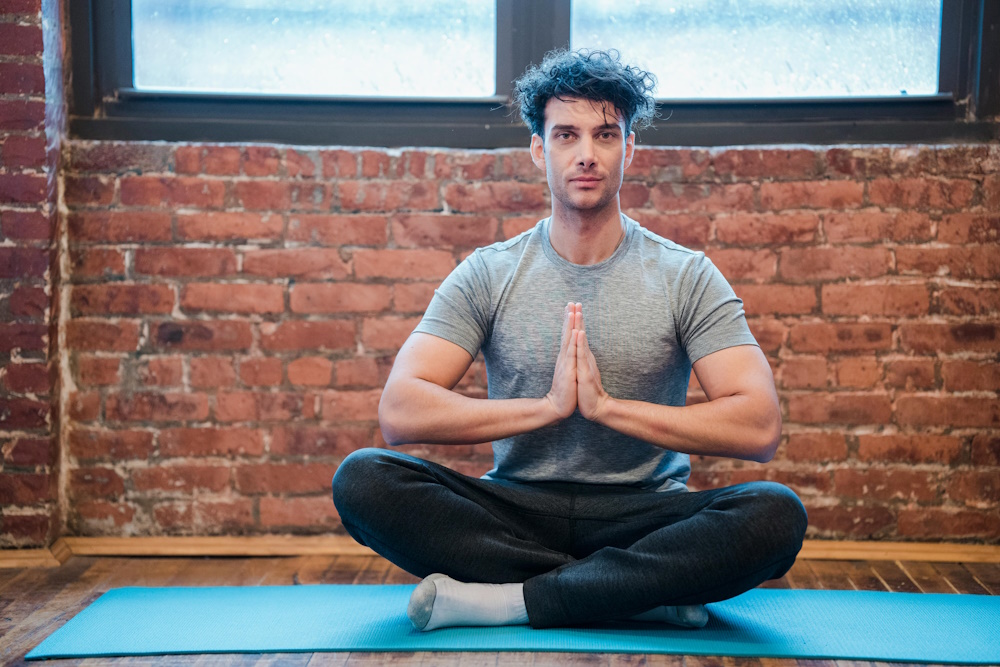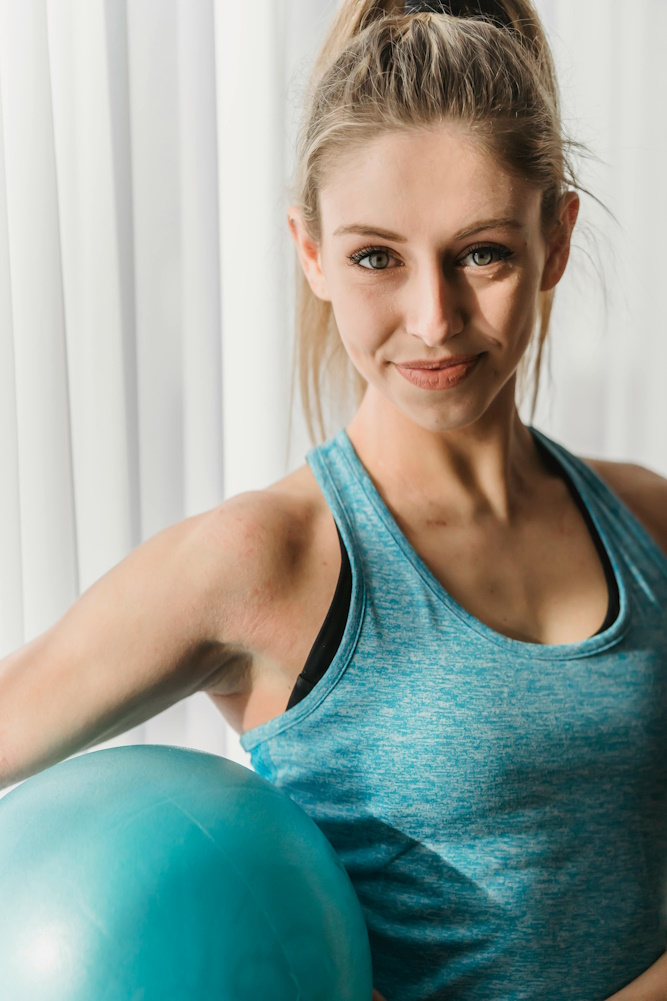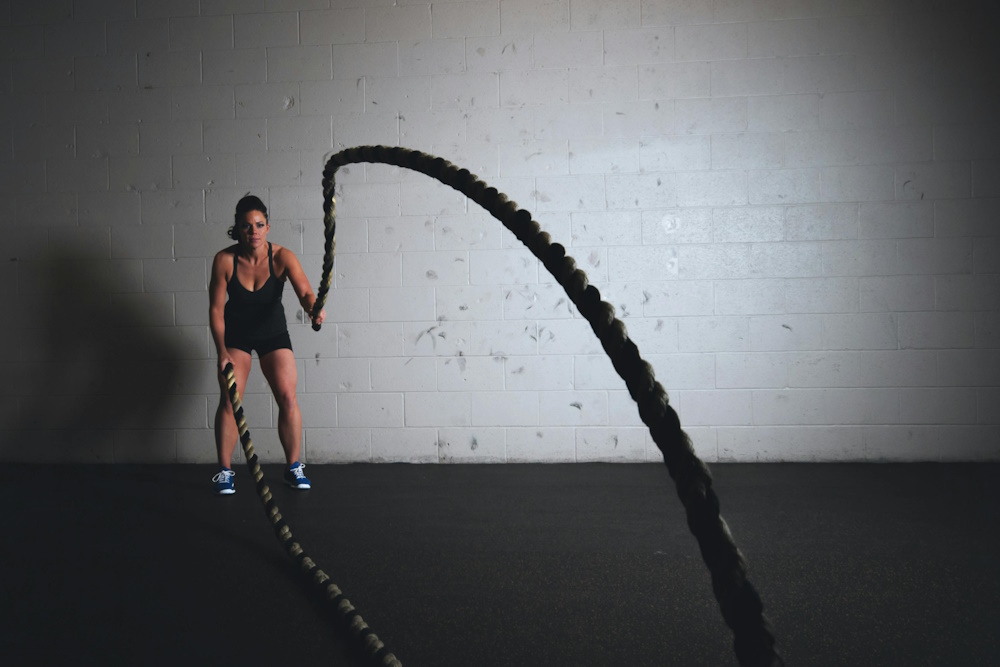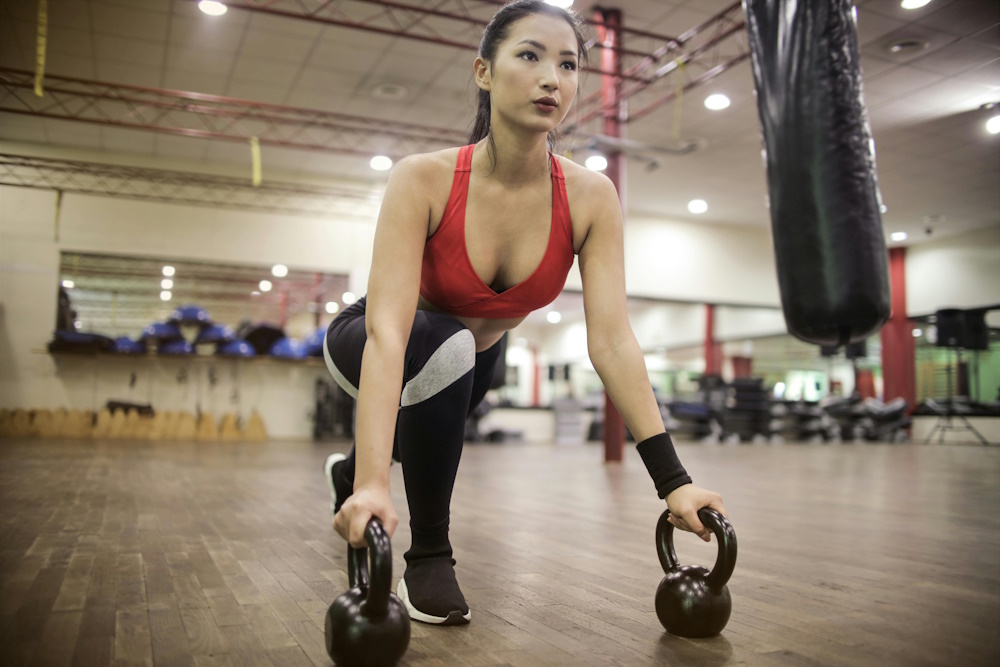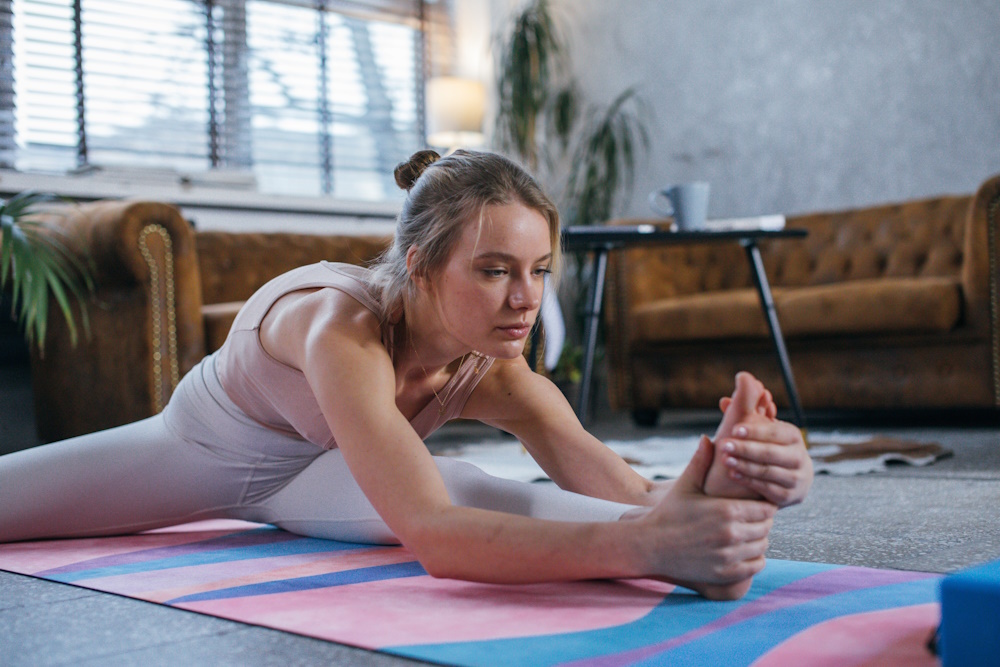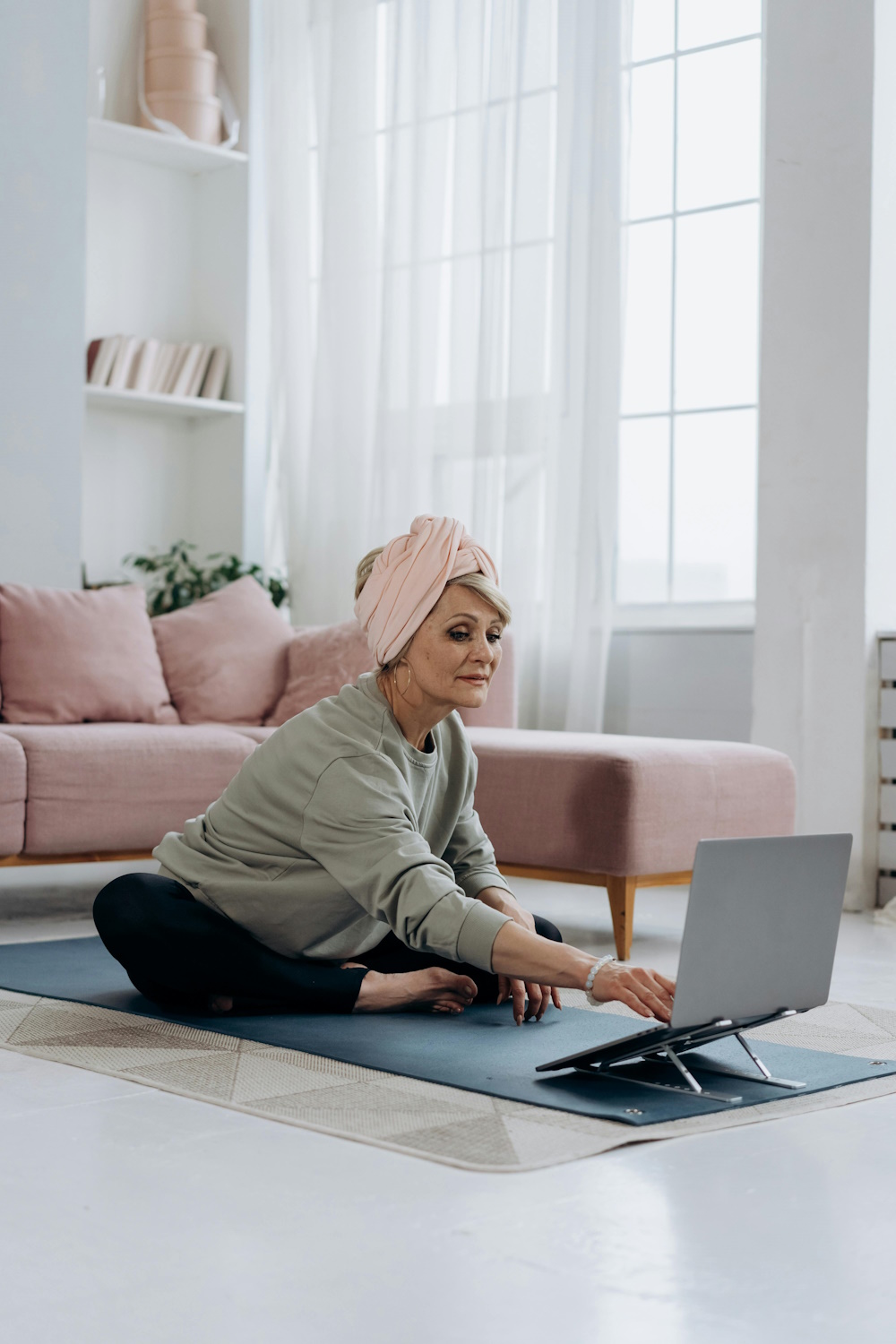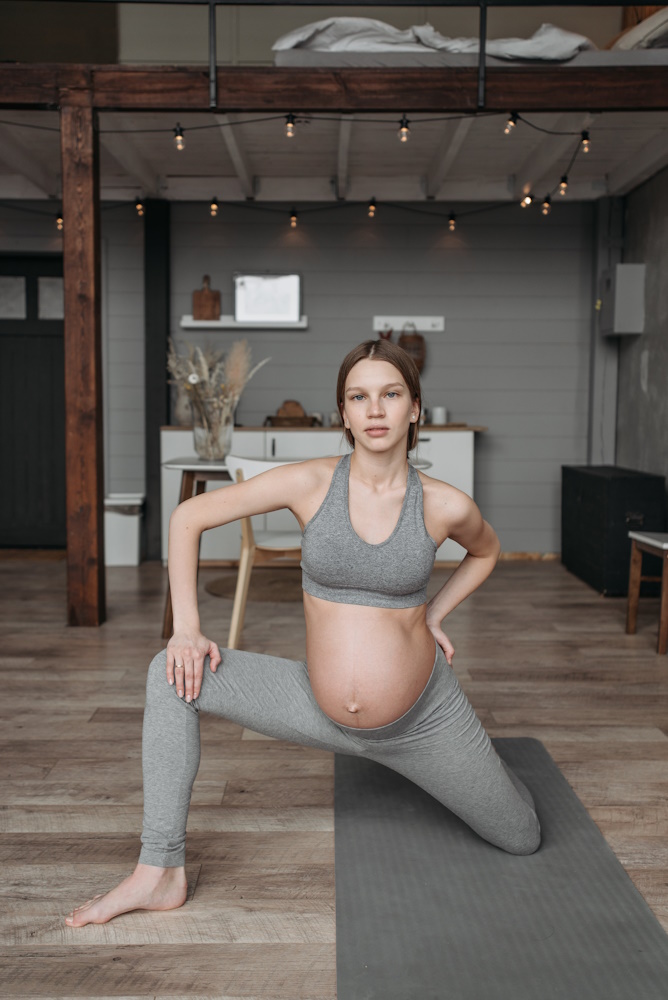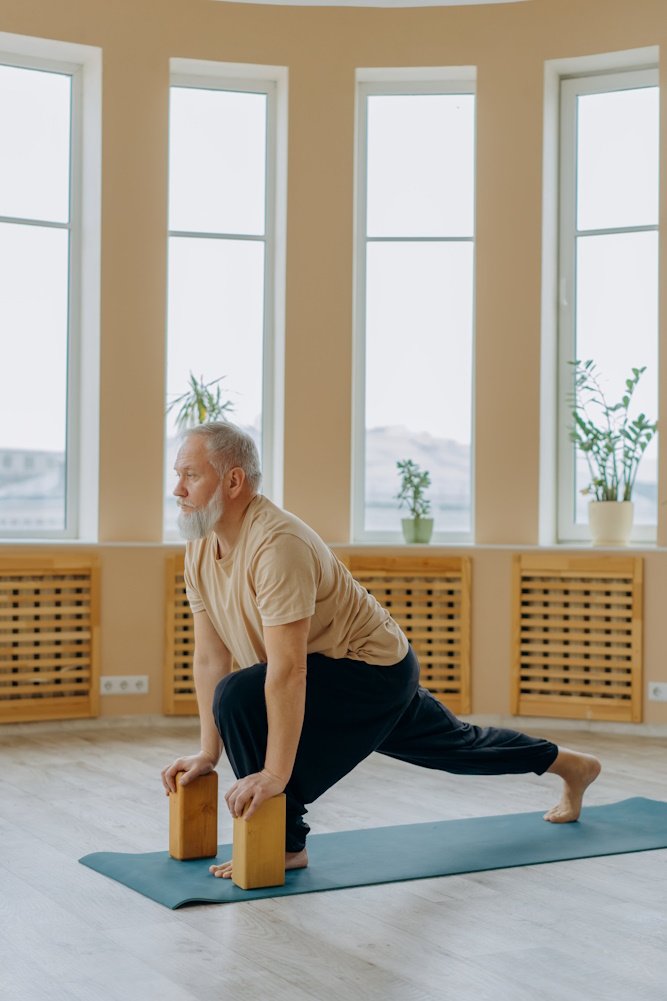Mixing Pilates and weight training is an excellent approach to achieving your weight loss and fitness goals. These two forms of exercise, while seemingly different, complement each other in a way that can lead to effective and well-rounded weight loss.
Complementary Benefits:
1. Strength and Endurance: Weight training primarily focuses on building muscle strength and increasing muscle mass. On the other hand, Pilates enhances core strength, flexibility, and endurance. By combining both, you can achieve a balanced development of muscle strength and overall body endurance.
2. Calorie Burn: Weight training helps you build lean muscle, which increases your resting metabolic rate. Pilates complements this by helping you burn additional calories and improve posture, leading to a more toned appearance.
3. Injury Prevention: The controlled and precise movements in Pilates can help reduce the risk of injury, which can be a concern when engaging in weight training with heavy weights. Pilates can also assist in maintaining muscle balance, reducing the likelihood of overuse injuries.
4. Muscle Activation: Pilates targets specific muscle groups, including the deep stabilizing muscles, which can be overlooked in traditional weight training. This comprehensive muscle activation can enhance your overall fitness and functional strength.
Sample Workout Routine:
A sample weekly workout routine that combines Pilates and weight training might look like this:
· Monday: Weight training focusing on upper body (chest, back, shoulders).
· Tuesday: Pilates session for core strength and flexibility.
· Wednesday: Weight training focusing on lower body (legs, glutes).
· Thursday: Pilates session for core strength and endurance.
· Friday: Weight training for full-body strength.
· Saturday: Pilates session for overall flexibility and core work.
· Sunday: Rest day.
By integrating both Pilates and weight training, you can enjoy a well-rounded fitness routine that contributes to weight loss, muscle development, and overall health.
Can you lose weight with Pilates exercises?
Yes, you can lose weight with Pilates exercises, but it’s important to understand how Pilates fits into a weight loss regimen. Pilates may not burn as many calories as high-intensity cardiovascular workouts like running or cycling, but it offers several weight loss benefits:
1. Muscle Toning: Pilates focuses on strengthening and toning the muscles, particularly the core, which can contribute to a leaner and more sculpted appearance. As you build lean muscle mass, your metabolism increases, helping you burn more calories even at rest.
2. Improved Posture: Pilates promotes better posture, which can make you appear taller and leaner. Good posture also engages your core muscles, burning additional calories throughout the day.
3. Increased Flexibility: Improved flexibility from Pilates exercises can lead to a greater range of motion and more efficient workouts in other areas, potentially burning more calories in your overall fitness routine.
4. Mindful Eating: The mindfulness aspect of Pilates can also extend to your eating habits. By promoting self-awareness, Pilates can help you make healthier food choices and practice portion control, contributing to weight loss.
5. Stress Reduction: Pilates can reduce stress levels, and lower stress can support weight loss by decreasing the production of stress-related hormones that can lead to weight gain.
To maximize weight loss with Pilates, it’s essential to incorporate it into a comprehensive fitness routine that includes cardiovascular workouts and a balanced diet. This combination will help you shed pounds and achieve your weight loss goals more effectively.
Is cross-training good for losing weight?
Cross-training is an excellent strategy for losing weight and achieving overall fitness. It involves diversifying your workouts by incorporating a variety of exercises into your fitness routine, which offers several weight loss benefits:
1. Calorie Burn: Different types of exercises burn varying amounts of calories. By incorporating a mix of activities, you can optimize calorie burn and reduce the risk of plateaus in your weight loss journey.
2. Muscle Confusion: When you engage in different forms of exercise, your body is less likely to adapt to a single routine. This muscle confusion can lead to increased muscle development and calorie expenditure.
3. Reduced Risk of Overuse Injuries: Overuse injuries can occur when you repeatedly engage in the same exercise or movement patterns. Cross-training minimizes the risk of such injuries, allowing you to stay consistent with your workouts.
4. Enhanced Overall Fitness: Cross-training helps you develop different aspects of fitness, including strength, flexibility, cardiovascular endurance, and core stability. A well-rounded fitness routine contributes to weight loss and improved health.
Sample Cross-Training Routine:
A sample weekly cross-training routine might include:
· Monday: Running or other cardiovascular exercise for aerobic fitness.
· Tuesday: Pilates session for core strength and flexibility.
· Wednesday: Weight training for muscle development.
· Thursday: Yoga for flexibility and relaxation.
· Friday: Swimming or cycling for cardiovascular conditioning.
· Saturday: Interval training or High-Intensity Interval Training (HIIT) for calorie burn.
· Sunday: Rest day.
By incorporating a mix of activities like Pilates, cardiovascular exercise, strength training, and yoga into your routine, you can enhance your weight loss efforts and achieve a balanced and healthy lifestyle.
Does Pilates count as cross-training?
Yes, Pilates is considered a form of cross-training. Cross-training involves diversifying your workouts to improve overall fitness, reduce the risk of overuse injuries, and enhance your physical abilities by engaging different muscle groups and movement patterns. Pilates serves as an effective cross-training method for several reasons:
1. Core Strength: Pilates focuses on building core strength, which is essential for stability, balance, and power. This core strength can benefit activities that require a strong and stable core, such as weight training, running, and cycling.
2. Flexibility: Pilates enhances flexibility, making it easier to perform a wide range of movements. This increased flexibility is advantageous for activities like yoga, dance, or martial arts.
3. Injury Prevention: The controlled and precise movements in Pilates help improve body awareness and reduce the risk of overuse injuries, making it a valuable addition to high-impact or repetitive activities.
4. Mind-Body Connection: Pilates emphasizes mental focus, concentration, and control over movements, skills that can enhance performance in various sports and physical activities.
5. Recovery: Pilates can be used as a post-workout recovery tool, helping to reduce muscle soreness, improve circulation, and promote faster recovery between training sessions.
In summary, mixing Pilates and weight training is a beneficial approach to achieving weight loss and overall fitness. Pilates enhances core strength, flexibility, and injury prevention, while weight training focuses on muscle building and calorie expenditure. You can lose weight with Pilates by incorporating it into a comprehensive fitness routine that includes cardiovascular workouts and a balanced diet. Cross-training is an effective strategy for losing weight as it optimizes calorie burn, reduces the risk of overuse injuries, and enhances overall fitness. Pilates is considered a form of cross-training due to its focus on core strength, flexibility, injury prevention, and the mind-body connection, making it a valuable addition to a well-rounded weight loss program.
